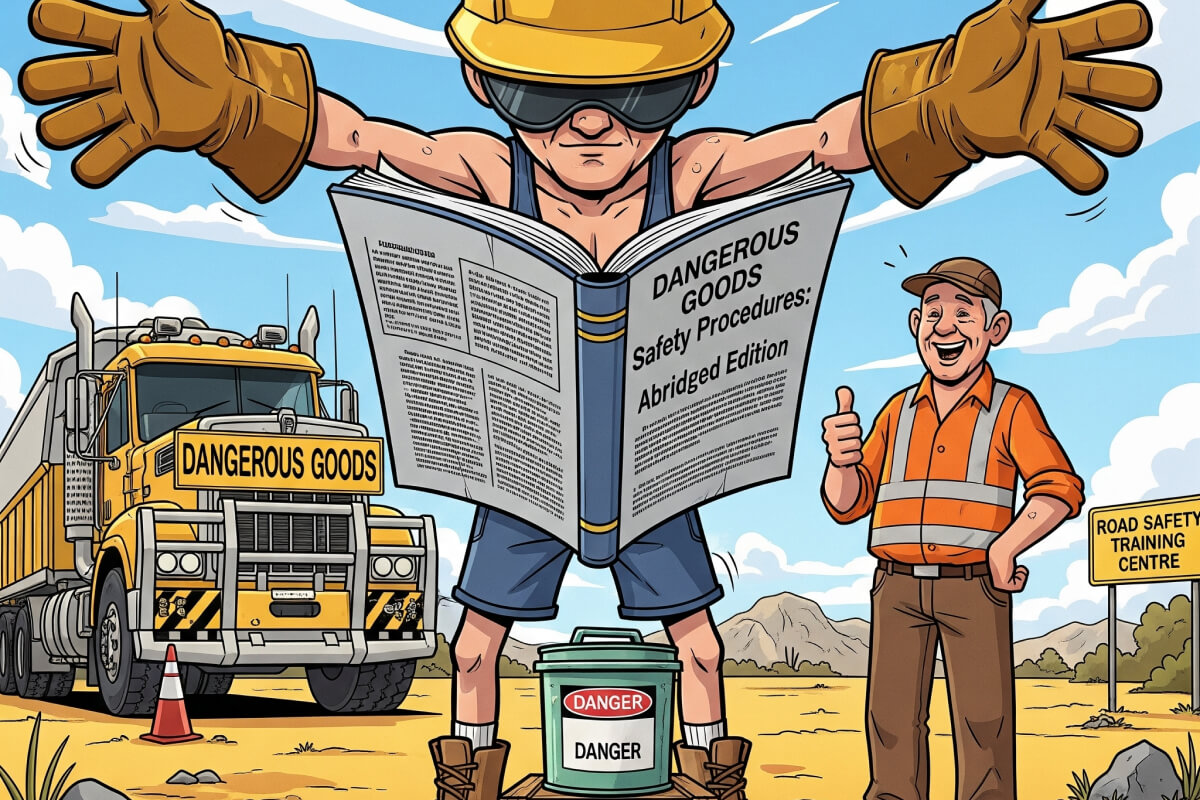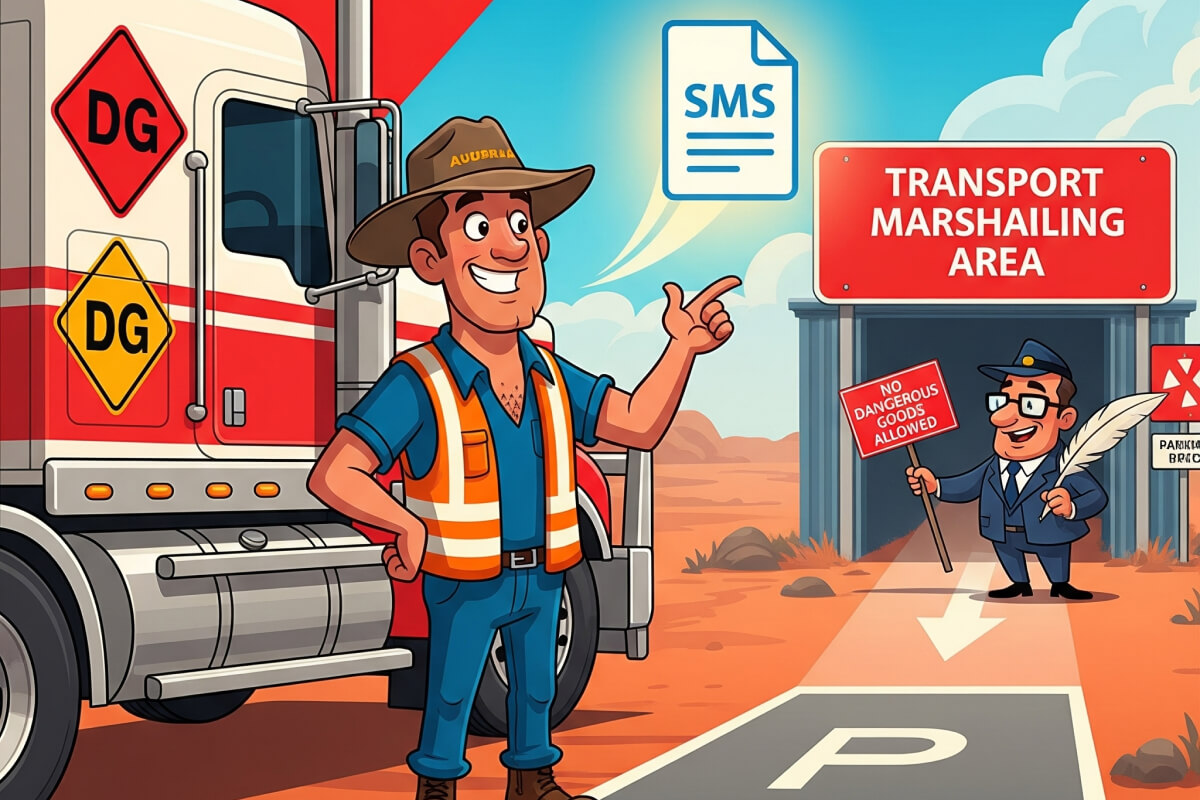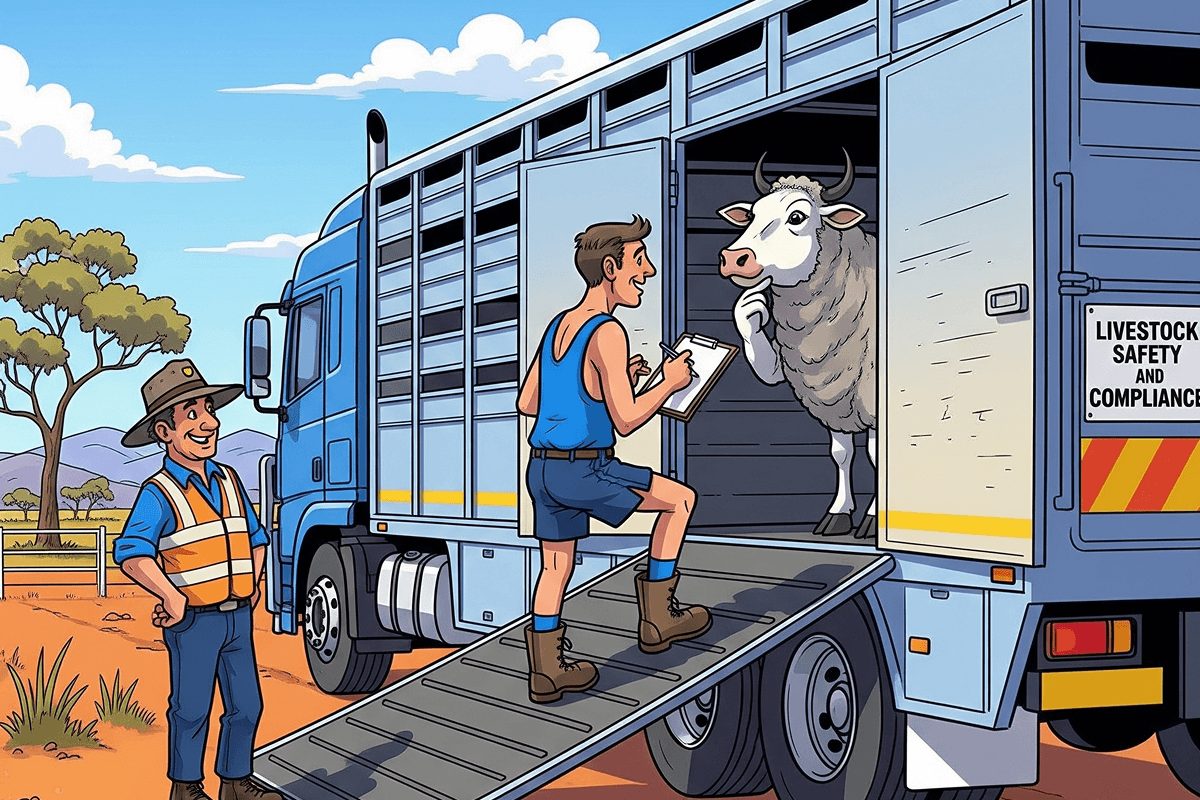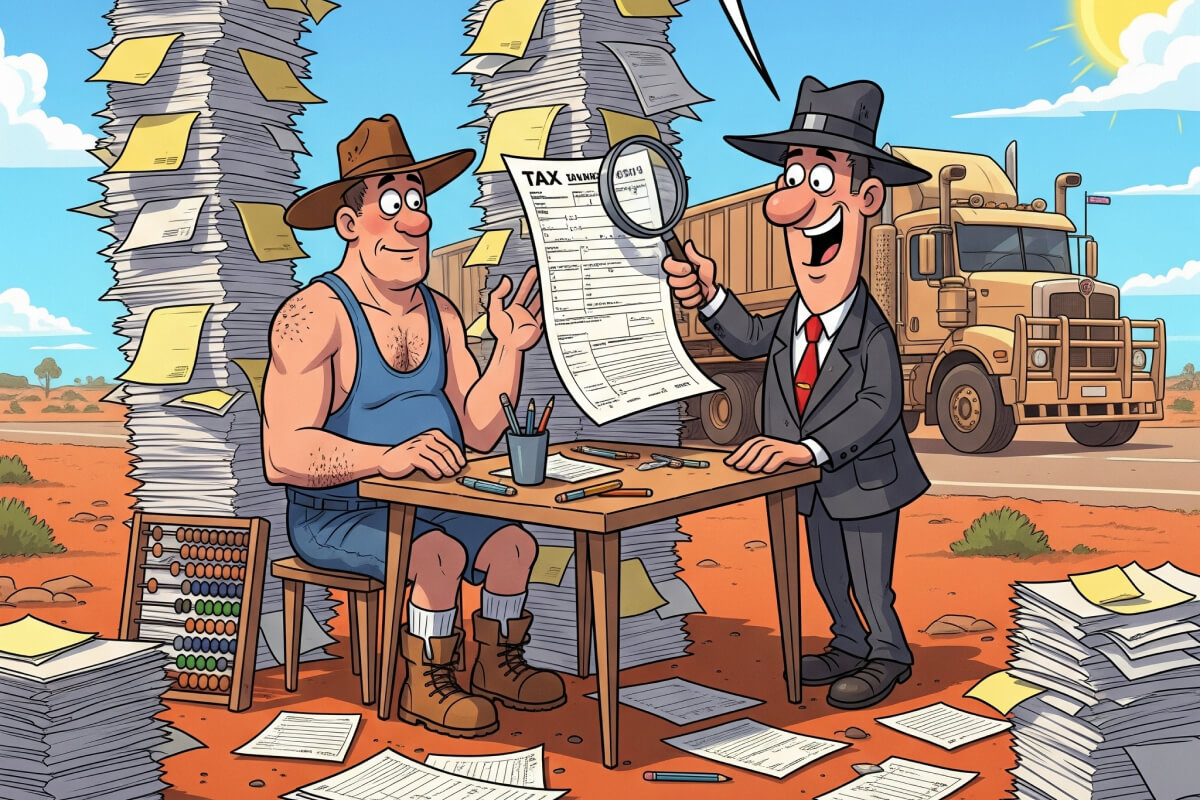
In this crucial episode, we turned our attention to the literally explosive topic of dangerous goods (DG) transport. We spoke with Kerryn Woods, a DG compliance trainer and Driver, about the real risks, recent fines, and the essential systems and training you must have in place to ensure safety and compliance. It was an incredibly insightful show covering highly important parts of our industry. Our goal at Risky Business is to provide a comprehensive reality check on compliance, safety, and survival in the transport industry, because, as we always say, transport truly is a risky business.
For those who don’t have time to listen to the full 120-minute show, here’s an overview below of what we covered:
You can listen to the full episode here:
| Listen to the full episode on | ||
| Spotify | Soundcloud | Apple Podcast |
Episode 20: The Risky Business of Dangerous Goods: What You Don’t Know Can Hurt You
In the second half of Episode 20 of Risky Business, we turned to the critical area of dangerous goods transport, with Kerryn Woods, a seasoned Dangerous Goods compliance trainer and Driver. Kerryn emphasised that DG transport is a “high consequence” activity; if it goes wrong, it can go horribly wrong.
The Risks Are Real:
In the 12 months to March 2025, there were at least 19 reported DG vehicle incidents nationally, including rollovers, fires, and spills. The shocking truth is that most were not due to mechanical failure but compliance failures – wrong placarding, incompatible goods stored together, or untrained drivers. This isn’t just paperwork; it’s life or death.
Who Needs a DG License?
You need a DG license if you are carting more than 500 kilograms or 500 litres of marked dangerous goods. Karen clarified the crucial distinction between “bulk” goods, which require a license and vehicle placarding (e.g., a tanker load), and “packaged goods,” such as a pallet of aerosols or a few jerry cans on a ute, which do not necessarily require placarding unless they exceed the threshold in bulk form. While prime movers don’t need to be licensed for DG, the trailer does, and fuel terminals enforce strict vehicle compliance checks.
Incompatible Loads and Driver Responsibility:
DG drivers must undertake a mandatory 2-day training course that covers the federal Australian Dangerous Goods Act, administered by state agencies like the EPA in NSW or WorkSafe Victoria. Ignorance is not an excuse; drivers are expected to know the legislation and the correct equipment required. If unsure, they must ask for clarification.
DG Training and Renewal:
DG licenses typically require a refresher course every 2 years in most states (e.g., Victoria, Queensland), though NSW has a 5-year renewal cycle.
Application Scrutiny:
Becoming a DG driver involves rigorous scrutiny of your driving record, medical fitness, and criminal history. Past DUIs or assaults are viewed very dimly due to the high-consequence nature of the work.
Safe Load Program (SLP):
This is an industry-based accreditation system, primarily for gas and fuel, covering vehicle aspects not specifically under the DG Act. It ensures compliance for prime movers accessing terminals, including things like covered wiring and shielded exhausts.
Fines and Consequences:
Non-compliance leads to severe penalties. Examples cited included an $85,000 fine for flammable liquids without PPE or placards, a $4,000 fine for wrong signage (plus $400 for the driver), and a $31,000 fine for chlorine transport without placards or load documents. These cases underscore that authorities do not take non-compliance lightly.
Driving Restrictions:
Drivers of placarded DG loads are prohibited from using tunnels in major cities (e.g., Burnley Tunnel in Melbourne, M5 or airport tunnels in Sydney). They must follow alternative, often longer, routes, and relying solely on navigation apps like Google Maps can lead to costly errors.
Parking Challenges for DG Drivers:
Kerryn highlighted the significant issue of lack of suitable rest areas for DG drivers, particularly around Port Botany. Drivers often run out of hours while waiting to load/unload but have nowhere safe or legal to park. Terminals are classified as major hazard facilities, prohibiting sleeping inside. This forces drivers into unsafe alternatives, risking fines for work diary violations or driving while fatigued. There’s an ongoing effort to gain access to a designated truck marshalling area at Port Botany, currently restricted due to a 20-year-old development application.
Workshop Compliance & Tanker Cleaning:
Workshops must be certified to perform maintenance on placarded DG vehicles. Even “empty” tankers pose risks due to residual vapours, requiring signs to remain on. Tanker cleaning (“switch loading”) is complex due to compatibility requirements and environmental issues with wastewater disposal. Sydney and Melbourne have very few commercial tanker washes, leading to “captive barrels” (dedicated-use trailers) or longer empty runs for cleaning.
Career in DG Transport:
While perhaps not as prestigious as it once was, DG driving remains a highly specialised and rewarding part of the industry. It demands adherence to strict procedures, avoiding complacency, and a deep understanding of why things are done a certain way to mitigate risk.
This episode truly highlighted that knowledge and meticulous adherence to regulations are not just about avoiding fines, but about ensuring safety, financial stability, and maintaining the professionalism that defines our industry.
Sign up for a free 14 day trial of Hubfleet.







